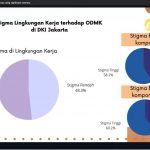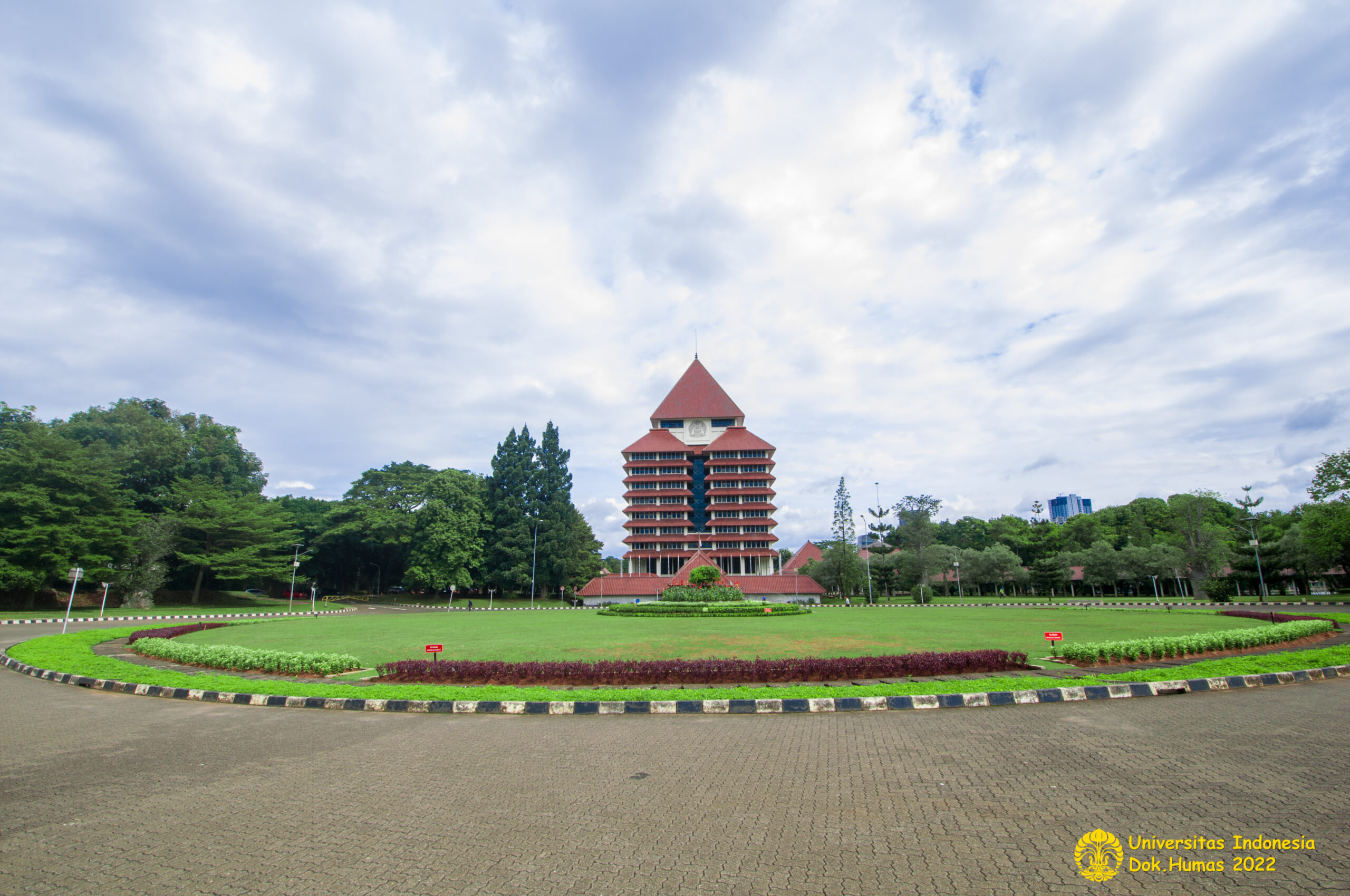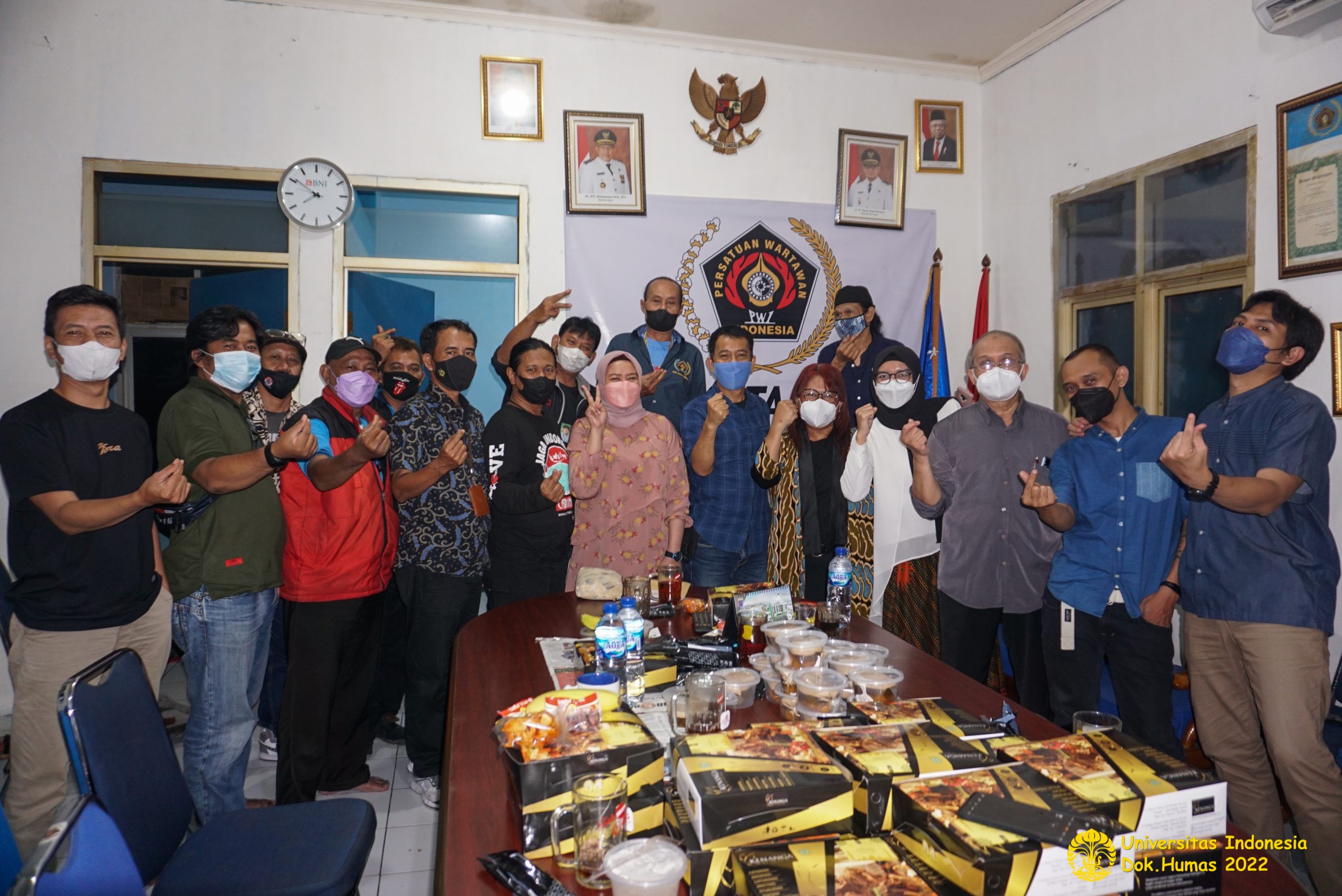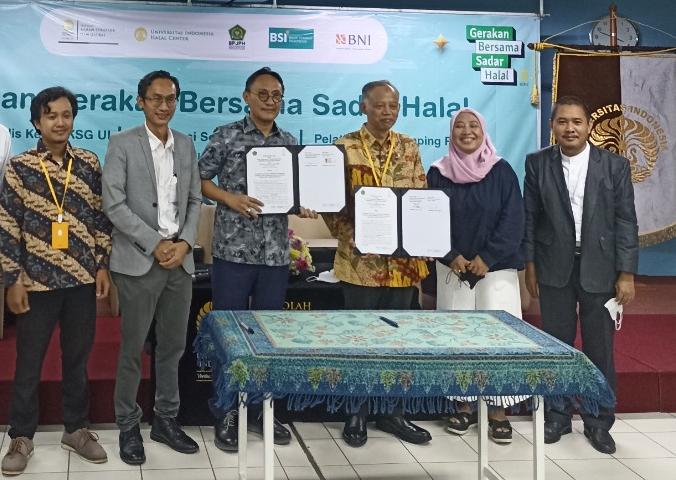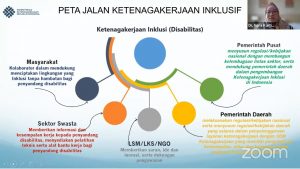
Indonesia will be productive country with worker as the main development factor, including worker with disabilities. They have the same right to contribute to the nation. This can be seen from the existance of UU No. 8 Year 2016 which manages workers with diabilities.
According to the regulation, some of the rights that the workers with disabilities can get are getting jobs provided by government, local government, or private party without discrimination; earning same amount of wages with the worker without disabilities; provided with good accomodation; are not getting fired because of the disabilities; getting Back to Work Program; Getting a fair work placement; as well as getting chances in developing the career and all the normative rights.
According to the Director of Intranational Worker Training and Placement, Dr. Nora Kartika Setyaningrum, S.E., M.Si., the government’s commitment is stated clear through all the regulations. In accordance to the nation’s constitution, the nation regulates every person to not discrimate people with diasbilities as what it is stated in Indonesia constitutional regulation Article 53 Verse 1 No 8 Year 2016 about people with disabilities. It is stated that Governmental Company Organizations has to have at least 2% of people with disabilities as worker, and 1% for non-governmental company or organizations. Negative stereotype causes the tendency that discrimination to happend in the form of violent, harrashement at workplace.
“Meski hak para penyandang disabilitas telah diatur, kita sering menjumpai adanya pemahaman yang keliru dari masyarakat terkait pekerja disabilitas. “although the rights of those people with disabilities are already regulated, we still often see there is a misunderstanding on people with disabilities. This misunderstanding creates negative stereotypes which results in stigma and discrimination which lead to persecution and isolation,” Said the Dean of Faculty of Public Health UI, Prof. dr. Mondastri K. Sudaryo M.S., D.Sc., in Webinar “Social Protection and Stigma of Workers With Disabilities.” on Tuesday (14/06).
Related to the mapping of workers with disabilities in Indonesia, the group who gets most jobs are in the productive age which is 15-24 years old. Although the level of education is lower, workers with disabilities in countryside are getting more job compared to those from city. “Very little people with disabilities who register for job, for example through a job fair. Most of them get job through family member or acquintance who already work,” said the representation of International Labour Organization, Tendy Gunawan, S.T., M.Sc.
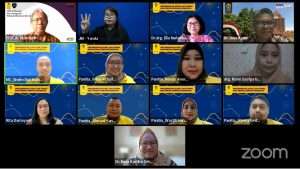
Tantangan bagi disabilitas dalam bekerja adalah masih banyaknya perusahaan, baik milik negara maupun swasta, yang menganggap disabilitas sebagai hambatan. The view that disabilities is obstacle is a challenge to people with disabilities in working. The effect, people with disabilities tend to not be able to expose their disabilities honestly because of the fear of not being accepted because of the stigma. Another challenge is the obstacle in the form of office infrastructure that cannot really assist them, adaptation to technology skill, and accomodation to the office that are unavailable.
“Formulating strategy and evaluating the management of disabilities groups in working so it can be made fairly are necessary to be done. Other than that, it is also necessary to build a non-discrimination system in the workplace as solution to the challenge that the workers with disabilities face,” said drg Romi Syofpa Ismael, a person with disabilities who had been discussed about because of his effort to be civil worker on 2019.
Other than people with disabilities, negative stigma is also experienced by HIV AIDS (ODHA) patients. Partner Researcher from HIV AIDS Research Center (PPH), Dr. Octavery Kamil, M.Si., with the team explain the case of ODHA to the community in Tangerang District that often receives the stigma that led to depression.
The result of the research, perceived stigma is most often experienced by male ODHA in the age of 26-35, while itis less often experienced by ODHA with higher education and working who are diognised 1 year. To solve this, it is necessary to increase the effort and government program development related to ODHA accompaniment trhough the governmental clinic and NGO in Tangerang District.
The negative stigma is also given to those who has mental issue (ODMK) in Jakarta. According to the lecturer of Social Walfare Study Program from Faculty of Social and Political Science, Dini Widiarsih, Ph.D., and the team, this should be solved by increasing information access and education/socialization about the patient of mental illness so stigma and discimantion could be reduced. Mental health should also be promoted as a policy study that is interdiciplinary, intersectional, and inter-sectoral. Moreover, education and sharing session program with the mental illness patient which involve the patients itself to create new experiences and reduce fearof the patient with mental illness should also be held, so the stigma at workplace can be decreased.
Writer: Nabila Sahma Libriyanti| Editor: Sapuroh




